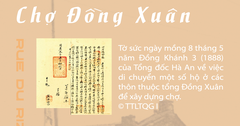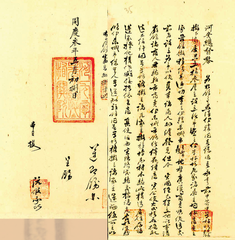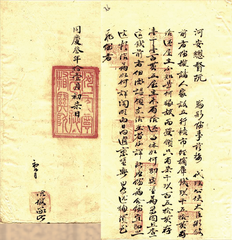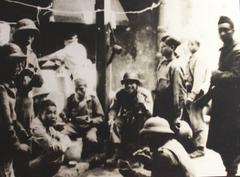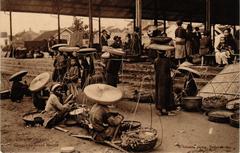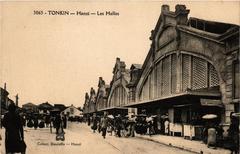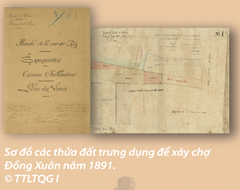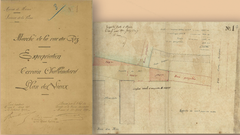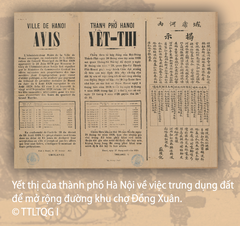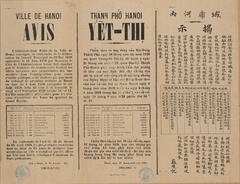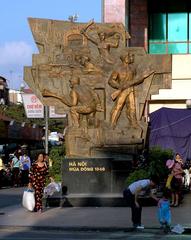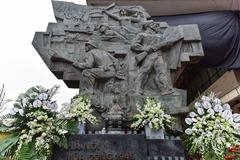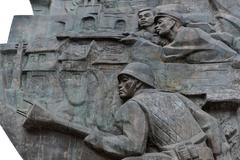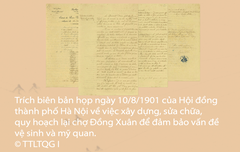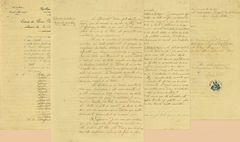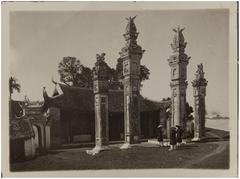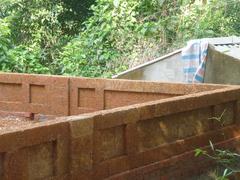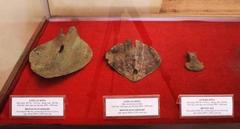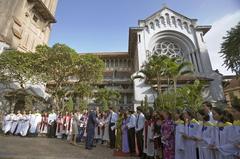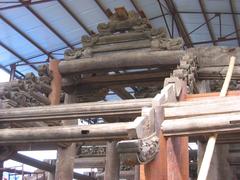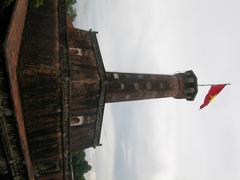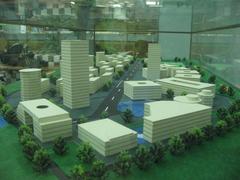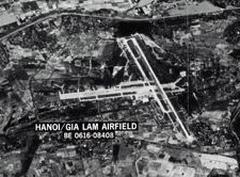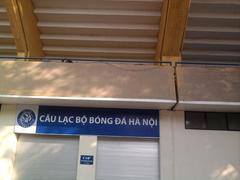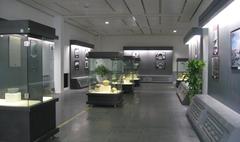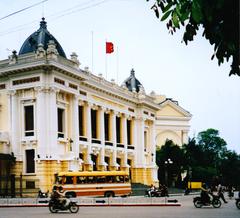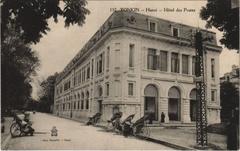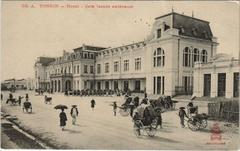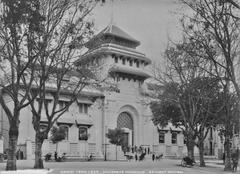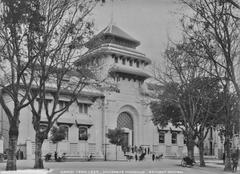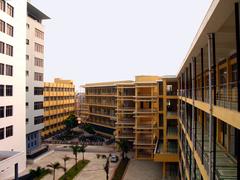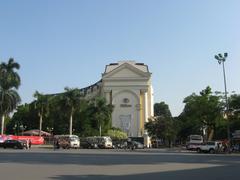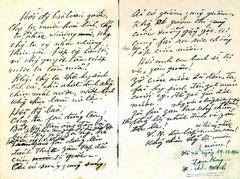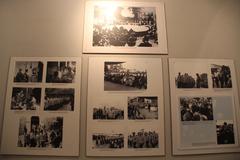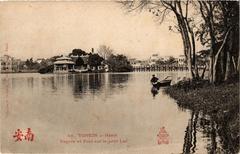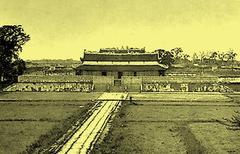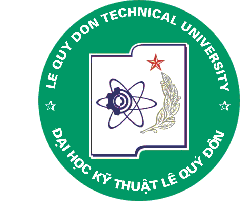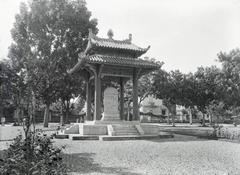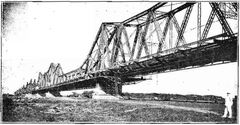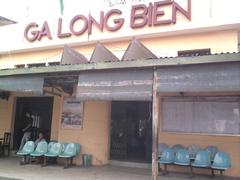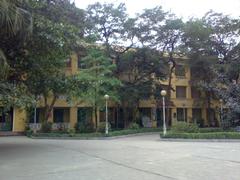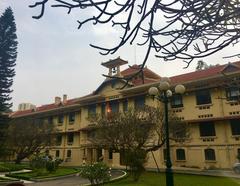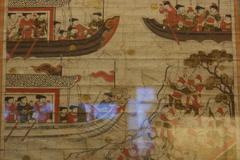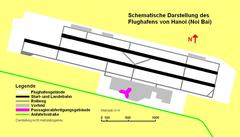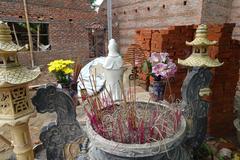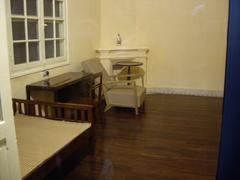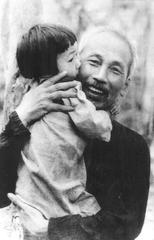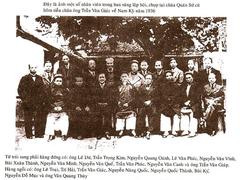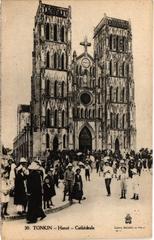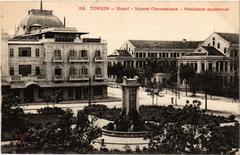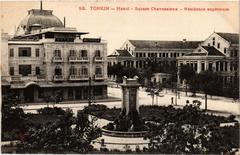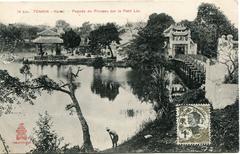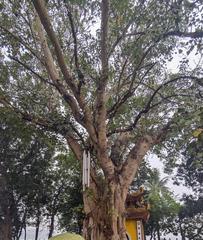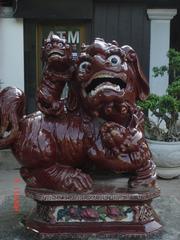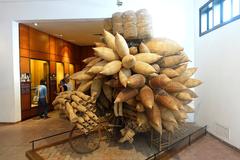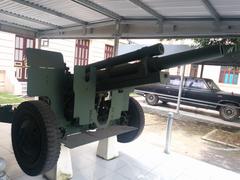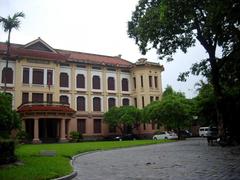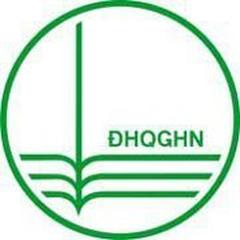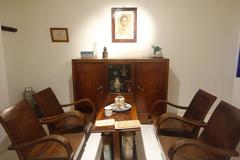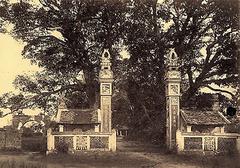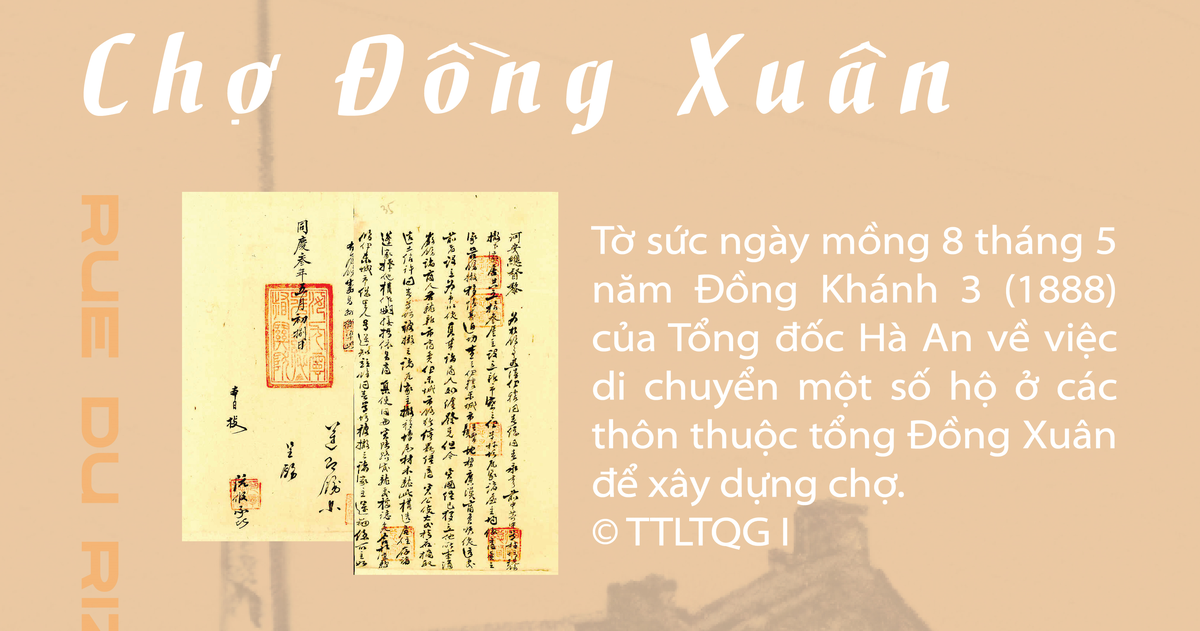
Dong Xuan Market Hanoi: Visiting Hours, Tickets, and Comprehensive Guide
Date: 14/06/2025
Introduction
Dong Xuan Market is one of Hanoi’s most iconic and enduring landmarks, representing the heart of the city’s commercial, social, and cultural life. Established in 1889 during the French colonial era, the market has evolved from a modern trading center into a vibrant crossroads of tradition and modernity. It offers visitors a unique window into the rhythms of daily life in Hanoi, as well as the city’s resilience and adaptability through generations (hanoioldquarterguide.com; vietnamtravel.com).
As the largest covered market in northern Vietnam, Dong Xuan boasts a distinctive five-arched iron façade, blending French architectural influence with Vietnamese sensibility. Today, it remains a must-visit destination for tourists and locals alike, with its labyrinthine stalls, lively night markets, and close proximity to other historical sites such as Hoan Kiem Lake and the Thang Long Imperial Citadel (asiamystika.com; travelsetu.com; hanoilocaltour.com).
This guide provides a detailed exploration of Dong Xuan Market’s history, architecture, shopping and culinary experiences, practical visitor tips, and nearby attractions to ensure a rewarding visit.
Table of Contents
- Historical Overview
- Visitor Information
- Shopping and Culinary Highlights
- Nearby Attractions
- Frequently Asked Questions (FAQ)
- Key Milestones
- Practical Tips Summary
- Visuals and Media Recommendations
- Conclusion
- References
Historical Overview
Colonial Origins and Evolution
Dong Xuan Market was established in 1889 by the French colonial administration, consolidating two traditional street markets into a single, modern commercial hub. The new market, located on the edge of the Old Quarter, was designed with a grand five-arched iron façade and covered an area of approximately 6,500 square meters. This French-inspired structure signified Hanoi’s transition from a feudal city to a colonial urban center and introduced Western building techniques and materials, such as galvanized iron, to the city (goviettrip.com; hanoioldquarterguide.com; Wikipedia).
Commercial and Social Role
From its early days, Dong Xuan Market was not just a place of trade, but also a hub of social interaction. It supplied textiles, foodstuffs, handicrafts, and household items to Hanoi and beyond, serving as a vital link between rural producers and urban consumers (asiamystika.com). The market’s vibrant atmosphere grew to reflect the diversity of Hanoi, with traders and patrons from various regions and backgrounds converging under one roof (travelsetu.com).
Architecture and Major Renovations
The original market was celebrated for its five iron-arched entrances and spacious domed buildings. In 1994, a catastrophic fire destroyed much of the market, leading to a comprehensive renovation that expanded its area to 14,000 square meters and modernized its interior while preserving the iconic façade (vietnamtravel.com; lilystravelagency.com). The design remains a striking blend of French colonial and Vietnamese elements, with climate-adaptive features such as a double-layered corrugated iron roof for ventilation and natural light (worldarchitecture.org).
Endurance Through Conflict and Change
Throughout the Indochina and Vietnam Wars, Dong Xuan Market continued to serve Hanoi’s residents, becoming a symbol of resilience and community. It played a crucial role in the city’s postwar economic recovery and the transition to a market-oriented economy after reunification in 1975 (travelsetu.com).
Modernization and Tourism
In the 21st century, Dong Xuan Market has embraced digital innovation and tourism. Since 2003, the Dong Xuan Night Market has transformed the area into a pedestrian-friendly zone on weekend evenings, featuring hundreds of stalls, live performances, and a lively street food scene (guidetohanoi.com). Vendors now adapt to changing consumer trends, incorporating cashless payments and online sales while maintaining traditional practices (travelsetu.com).
Cultural and Social Significance
Dong Xuan Market is a living symbol of Hanoi’s identity. Its role as a social anchor, cultural crossroads, and economic hub is reflected in the daily rituals of bargaining, the preservation of crafts, and the prominence of women entrepreneurs. The proximity to other historical sites enhances its importance as a focal point for both locals and visitors (hanoilocaltour.com).
Visitor Information
Visiting Hours
- Day Market: Open daily, 6:00 AM – 7:00 PM
- Night Market: Friday–Sunday, 6:00 PM – 11:00 PM
Ticketing and Entry
- Entry: Free for both the daytime and night market.
- Special Events: Some performances or tours may require a fee; check with local tour operators or official sites.
Accessibility
- Wheelchair Access: Main entrances have ramps, and the ground floor offers wider pathways; however, upper floors are accessible only via stairs.
- Best Times: Weekday mornings for a less crowded experience, especially for those with mobility challenges.
Getting There
- Address: 01 Dong Xuan Street, Hoan Kiem District, Hanoi.
- Transport Options: Taxi, Grab, bus, or motorbike. Walking is convenient from nearby attractions like Hoan Kiem Lake.
- Parking: Limited near the market; public transport is recommended.
Travel and Safety Tips
- Bargaining is standard; begin at 50–70% of the quoted price.
- Carry cash in small denominations; most vendors do not accept cards.
- Keep belongings secure in crowded areas.
- Inspect products before buying, particularly electronics and branded goods.
- Use translation apps if needed; some vendors speak basic English.
Guided Tours and Special Events
- Many Hanoi city tours include Dong Xuan Market.
- The night market features traditional music and cultural performances, especially on Saturday evenings.
Shopping and Culinary Highlights
Market Layout and Product Zones
- First Floor: Clothing, shoes, electronics, household goods.
- Second Floor: Textiles, silk, scarves, ready-to-wear garments.
- Third Floor: Children’s clothing, toys, accessories.
- Surroundings: Stalls offering souvenirs, handicrafts, ceramics, and specialty foods.
Dong Xuan Night Market
- Extends over 3 kilometers, connecting Dong Xuan Market to Hoan Kiem Lake via Hang Dao, Hang Ngang, and Hang Duong streets.
- Nearly 4,000 stalls offer fashion, souvenirs, street food, and local crafts.
- Lively atmosphere with performances of “Cheo,” “Quan Ho,” and “Ca Trù.”
Must-Try Foods and Beverages
- Signature dishes: Pho Tiu, Banh Tom, Bun Cha, Banh Cuon, Nem Chua, Doner Kebab, Lau (hotpot), Banh Khuc.
- Beverages: Egg coffee, sugarcane juice, fresh fruit smoothies.
- Food Hygiene: Opt for busy stalls with high turnover.
Nearby Attractions
- Hoan Kiem Lake & Ngoc Son Temple: 15-minute walk.
- Imperial Citadel of Thang Long: Nearby UNESCO World Heritage site.
- St. Joseph’s Cathedral: Historic Catholic church in French Gothic style.
- Hanoi Old Quarter: Explore historic streets and architecture.
- Thang Long Water Puppet Theatre: Traditional Vietnamese performance art.
Frequently Asked Questions (FAQ)
Q: What are Dong Xuan Market’s visiting hours?
A: 6:00 AM – 7:00 PM daily; Night Market from 6:00 PM – 11:00 PM on weekends.
Q: Is there an entrance fee?
A: No, entry is free.
Q: Is the market wheelchair accessible?
A: The ground floor is accessible; upper floors are not.
Q: Are guided tours available?
A: Yes, many local operators offer tours.
Q: What can I buy?
A: Textiles, clothing, electronics, souvenirs, handicrafts, and food.
Q: Where is it located?
A: 01 Dong Xuan Street, Hoan Kiem District, Hanoi Old Quarter.
Key Milestones
- 1889: Market founded by French colonial administration (hanoioldquarterguide.com).
- 1890: Iconic five-arched façade completed (goviettrip.com).
- 1994: Major fire; market rebuilt and expanded (vietnamtravel.com).
- 2003: Dong Xuan Night Market launched (guidetohanoi.com).
- 2005: Relief commemorating Hanoi’s 1946 defense added.
Practical Tips Summary
- Visit early or late for fewer crowds.
- Bargain politely and inspect goods before purchasing.
- Enjoy street food from popular stalls.
- Explore nearby historical sites to enrich your experience.
Visuals and Media Recommendations
- Images: Dong Xuan Market façade, bustling aisles, food stalls, night market lights.
- Video: Virtual tours of the market’s interior and street atmosphere.
- Maps: Location of Dong Xuan Market and nearby attractions.
Conclusion
Dong Xuan Market is more than a marketplace—it is a living testament to Hanoi’s history, adaptability, and community spirit. Whether you are shopping for unique souvenirs, sampling delicious street food, or exploring the architectural heritage, Dong Xuan offers an authentic and enriching experience. Plan your visit to immerse yourself in the vibrant culture of Hanoi, support local artisans, and discover the dynamic heart of the city.
For updated guides, exclusive tips, and immersive travel experiences, download the Audiala app and follow our channels for more insights into Hanoi’s top destinations.
References and Further Reading
- Dong Xuan Market Visiting Hours, Tickets & History | Hanoi Historical Sites Guide, 2024, Hanoi Old Quarter Guide (hanoioldquarterguide.com)
- Dong Xuan Market Overview, 2024, Vietnam Travel (vietnamtravel.com)
- Dong Xuan Market Important Information for Tourists, 2024, Go Viet Trip (goviettrip.com)
- Dong Xuan Market Cultural Insights, 2024, Asia Mystika (asiamystika.com)
- Dong Xuan Market Tourism History, 2024, Travel Setu (travelsetu.com)
- Dong Xuan Market Information & Travel Guide, 2024, Hanoi Local Tour (hanoilocaltour.com)
- Dong Xuan Market Visiting Hours and Cultural Significance, 2024, Vietnam Tourism (vietnamtourism.gov.vn)
- Dong Xuan Market Architecture and Visitor Guide, 2024, Lily’s Travel Agency (lilystravelagency.com)
- Re-thinking Dong Xuan Market Project, 2024, World Architecture (worldarchitecture.org)
- Dong Xuan Market Night Market and Shopping Guide, 2024, Guide to Hanoi (guidetohanoi.com)
- Dong Xuan Market Overview and Travel Tips, 2024, Vietnam Tour (vietnamtour.in)
